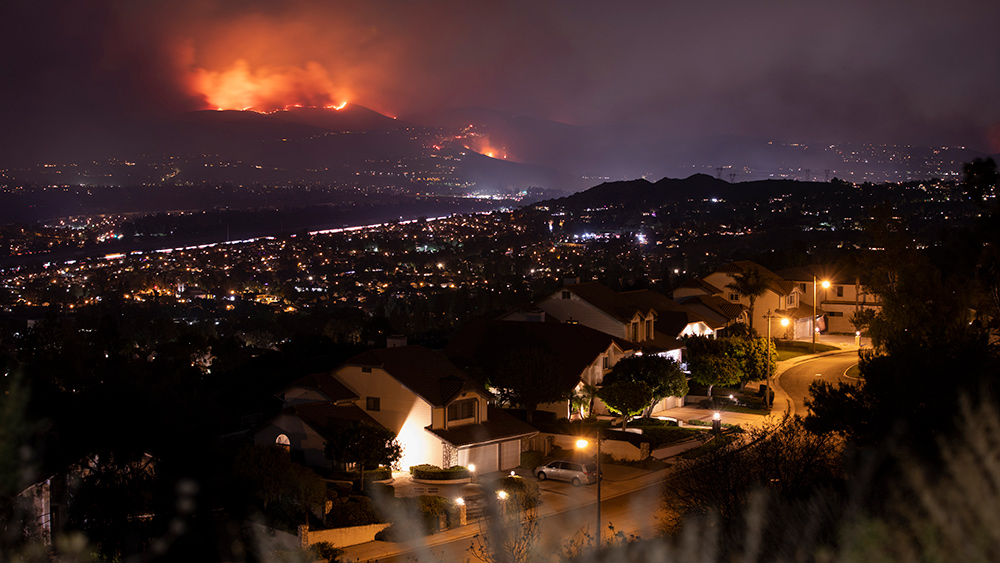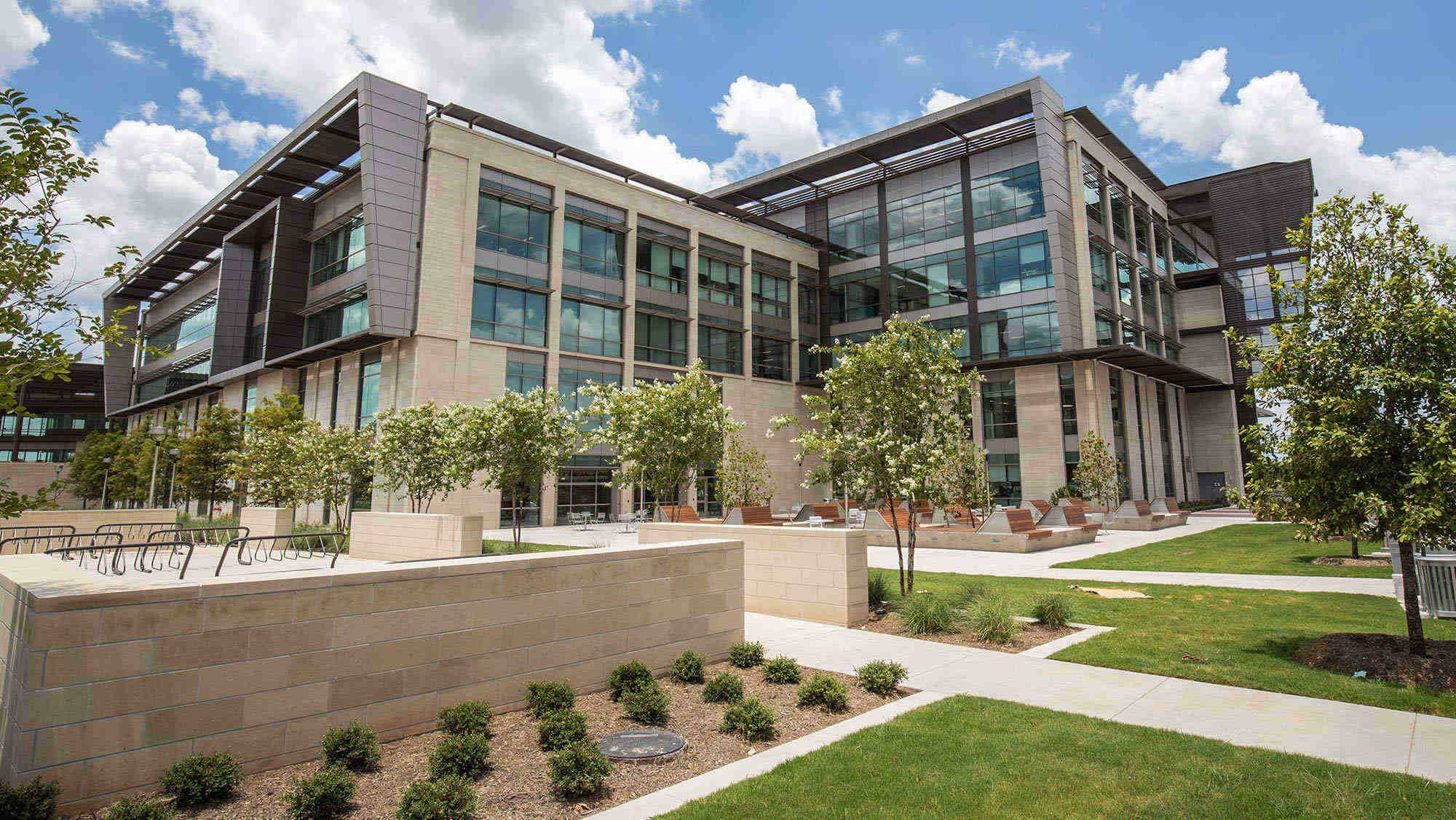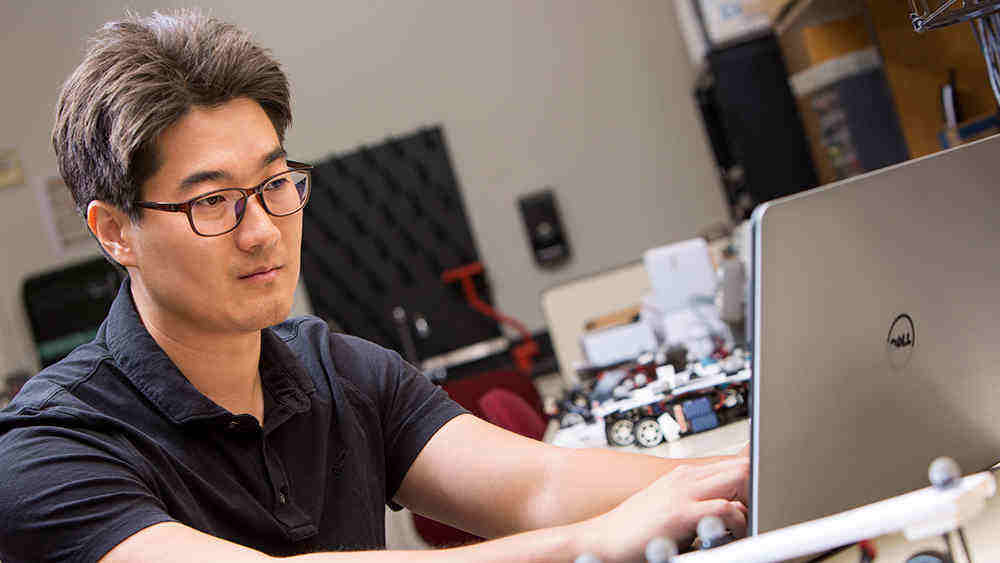
Wildfires have devastated communities globally in recent years, urging researchers to continue their pursuit of finding new ways to help protect lives and property.
Researchers, led by a Texas A&M University professor, have created a coating treatment with the potential to mitigate the spread and damage of fire without many of the drawbacks typically associated with fire retardant solutions.
Leading the team is principal investigator Dr. Jaime Grunlan, Leland T. Jordan '29 Chair Professor in the J. Mike Walker '66 Department of Mechanical Engineering, and his former graduate student Dr. Thomas Kolibaba, who is currently a nuclear regulatory commission postdoctoral fellow at the National Institute of Standards and Technology.
"If the pandemic hadn't happened, fire would have been a top story this past couple of years due to major fires in places like California and Australia," Grunlan said.
According to the National Fire Protection Association, home fires result in billions of dollars in property damage each year and are the leading cause of fire deaths. As a native of the Pacific Northwest, Kolibaba said he hopes to see this coating become accessible to the average person — allowing those who live in high-risk areas to treat their own homes and property with the coating to protect against fire damage.
"The solution could be sold, put into a backpack sprayer — like what many people use for staining wood siding or spraying herbicides on farms — and then applied to structures of concern such as houses, fences and barns during fire season to keep their homes safer," Kolibaba said.
The team shared their findings during the 2022 American Chemical Society spring meeting on March 22. The group's test showed that when exposed to flames, wood treated with the coating saw less heat released during burning, produced less smoke and developed a layer of char on the surface that helped to protect the wood underneath — all features that could help to reduce fire damage and spread.
In addition to protecting structures and homes, Grunlan said this coating technology could also be applied to a variety of materials often found in furnishings — including foam and fabric — and vehicles like cars, planes and trains.
The developed coating is also environmentally benign, thanks to its water-based nature, and adds very little weight to the material to which it is applied. Grunlan said their approach improves upon other coating technologies seeking to achieve similar results but include drawbacks like substantial added weight and toxic properties for people or the environment.
"The ability to make wood — or wood composites such as oriented strand board or plywood — 'self-extinguishing' without changing any other beneficial properties will be a tremendous benefit to everyone," Grunlan said. "Forests, homes and buildings will be much safer."




